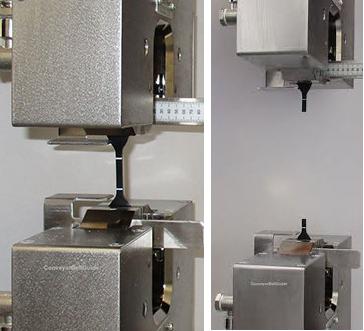What is Conveyor Belt Tensile Strength and Elongation at Break?
In technical descriptions of rubber conveyor belts, we often encounter terms like elongation at break, full thickness elongation at break, and tensile strength. These parameters respectively represent what characteristics of the rubber conveyor belt...
What’s “kg/cm²” in Conveyor Belt and How Convert it into other Units?
In the realm of conveyor belts, parameters such as 150 kg/cm²,180 kg/cm², 240 kg/cm², or 1000 kg/cm² are frequently encountered. What do these units represent, and what aspect of conveyor belt performance do they describe? The unit kg/cm² denotes...
What is the difference between PSI and Mpa in conveyor belts and how to convert them to each other?
PSI (Pounds per square inch) is a unit of pressure measurement. “P” stands for pounds, “S” for square, and “I” for inch. In the United States, PSI is commonly used as a unit of pressure, representing pounds of for...
What is the Meaning of 12Mpa,15Mpa,18Mpa,24Mpa in Conveyor Belt Specification?
When describing the specifications and models of rubber conveyor belts, we often encounter 12Mpa, 15Mpa, 18Mpa, 20Mpa and 24Mpa, etc. What physical properties do these values represent? The Mpa in the conveyor belt refers to the ultimate abil...


